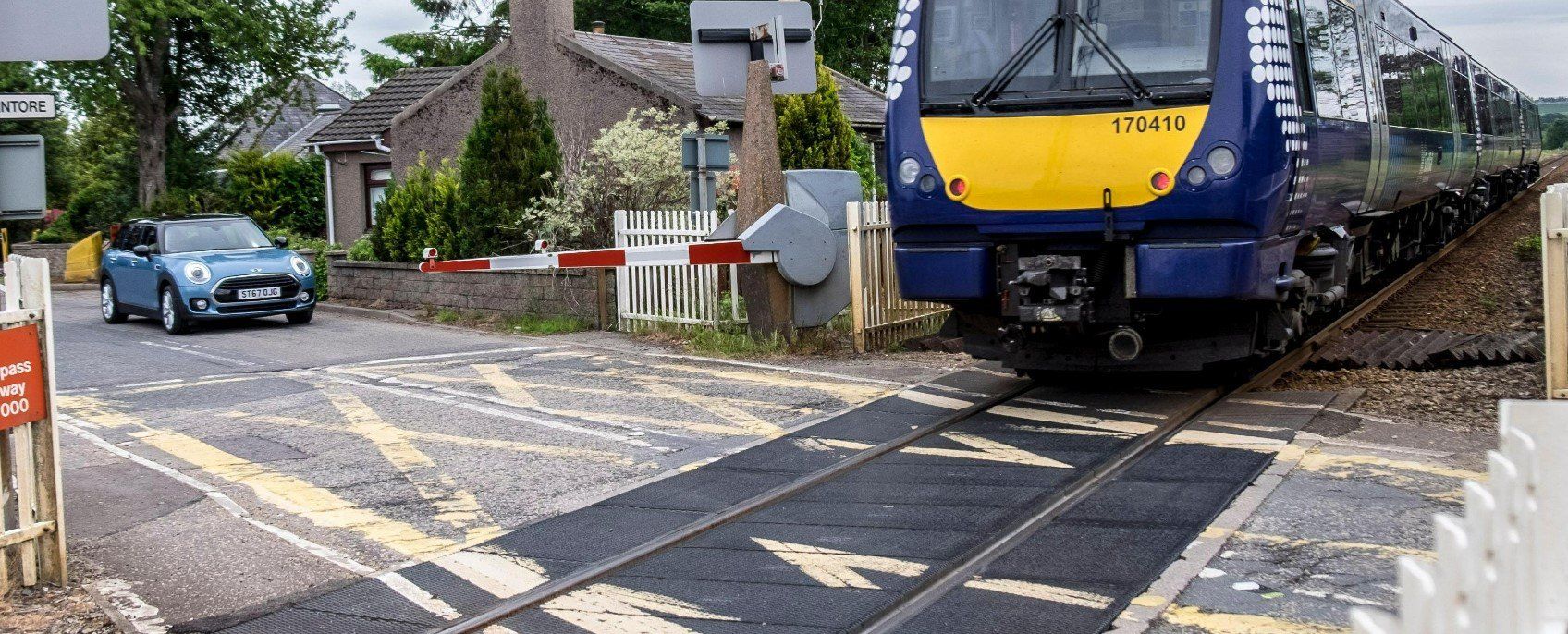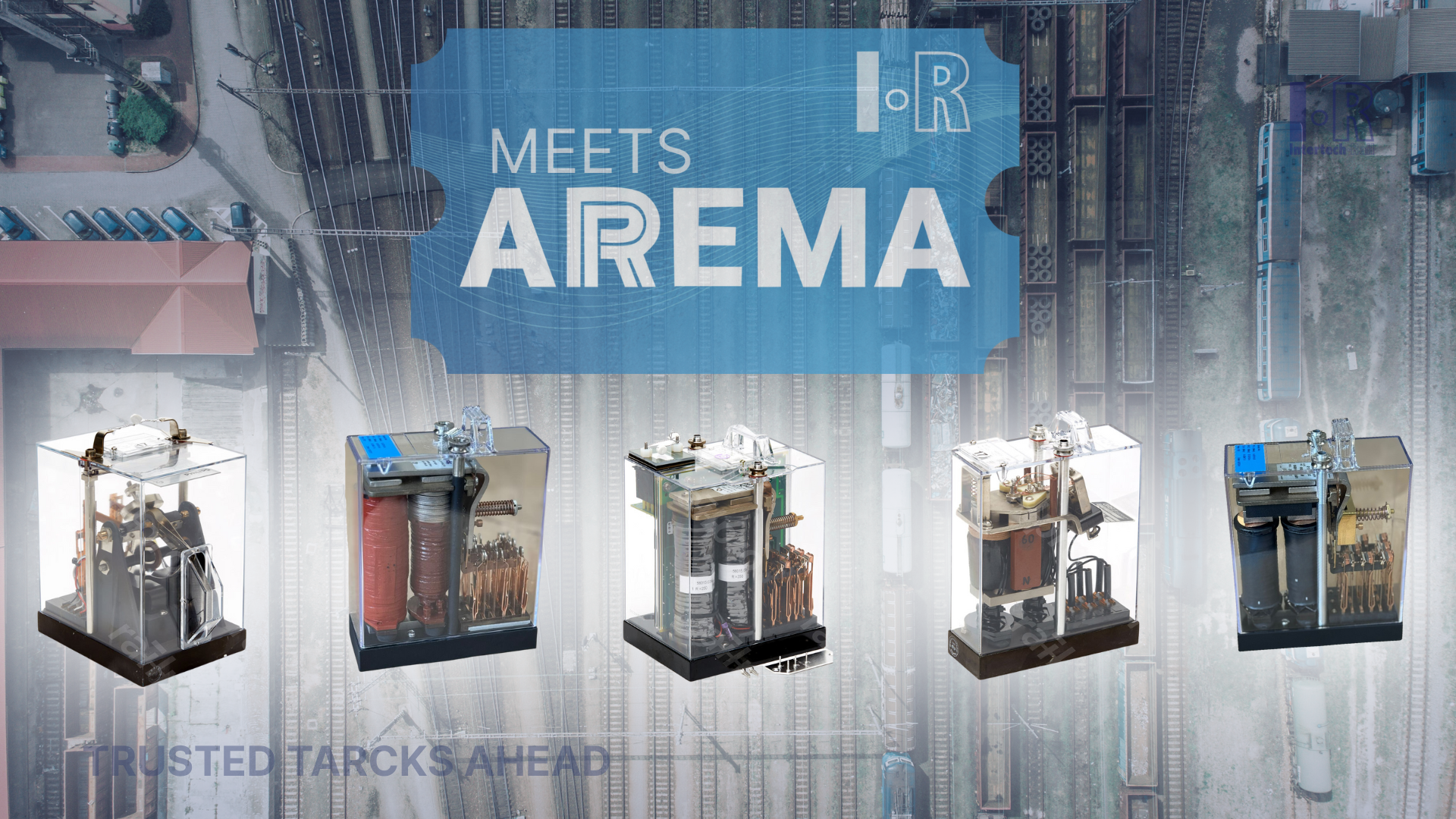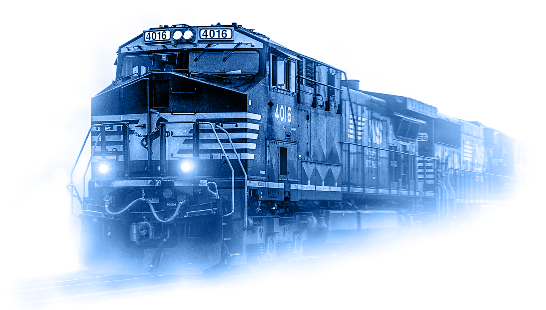Level Crossing: The technology behind the tracks

A railway train easily carries thousands of tons of metal, only one car can carry 120 tons and it is very common with positions of 100, 200, 300 freight cars. This type of composition takes, with emergency braking, almost 2 kilometers to brake at an average speed of 50 kilometers per hour. So, it is critical that in your movement, nothing can be ahead. Any object in front of such a composition will be destroyed, nothing survives.
So, that's why trains run freely through all countries, and the idea is that these railways have bridges or passages underneath so that the train never has to stop before its destination. However, there are critical situations where there is a road crossing with a railroad and it was not possible to make this crossing through a bridge or a tunnel. In this case, there is what we call a level crossing or level crossing. In the past, these systems worked with a railway guard who watched the train approach. At the right moment, the whistle sounded and manually lowered the vehicle gate using a crank, pressed a button and light signals began to flash for the cars that were supposed to stop and wait for the train to pass.
This went on for decades and decades. However, about 50 years ago, the automatic systems of gates or level crossings were introduced, which are basically the ones that are used today. These are fail-safe systems, where any electrical problem or cable breakage or excessive rain, any problem at all, the barrier for vehicles is in the lowered position avoiding accident. Whenever there is a problem, he gets into a safe position. They are fail safe systems.
There are three types of automatic level crossing technology:
First level crossing option:
The first, the most traditional, is with track circuit, where the rails are used as a kind of electrical circuit and the voltage in these sections is measured and when any heavy rolling stock enters that section, an identification is made and this section of track next to the level crossing, the process of warning cars that a train is approaching begins and the entire process of closing the barrier begins, luminous signals and bells . Then, when the train passes through this circuit and enters the next track circuit, after the level crossing, the barrier is opened again. The other technology uses what we call axis sensors. An axle sensor (fail safe) identifies the axle of the locomotive on approach to the level crossing.
Second level crossing option:
It is strategically placed at a safe distance, based on the maximum speed the train travels on that stretch. And when the train passes through that point, the process of alarming the level crossing bells and the light signals begins, both for the car and for the conductor. Normally, 20 seconds of signals and alarms are expected and within 10 seconds for the composition to arrive at the level crossing, the barrier begins to lowe . These times vary from country to country. The axles are counted on that axle sensor and when the train starts to pass through an axle sensor right after the level crossing, that same axle sensor sends the information for a micro - controlled system that checks if all axes that passed the initial identification passed after the level crossing. It is the certainty that the entire composition has already passed to start the ascent of the barrier and the passage of cars and pedestrians is released.
Third level crossing option:
There is a third type of more sophisticated level crossing that predicts the speed of the train and adjusts the opening and closing time of barriers and audible signals based on the speed at which the train is approaching, but there are fewer and much lower-level barriers. more costly.
The level crossing has a regulation in each country with light and sound signals and signs like the famous “stop, look , listen” . There is also the Saint Andrew cross (usually with the words “railway crossing”. It has a whole symbology so that this system is as safe as possible. Anyway, it is an old technology, but very robust and that avoids many accidents around the world.
A train at 50, 60 km per hour hitting a vehicle is not a pleasant sight. There are millions of level crossings in the world, and it is estimated that only 30% of them are automatic. Many are still manual. Mainly level crossing in remote locations, away from cities, close to indigenous villages, which greatly increases the danger of accidents. Governments are putting more and more regulations in place to automate and monitor these level crossings. in monitoring it is not possible to automatically command to open or command to close a level crossing. However, you can see the status and verify if all are operating normally.
That's what exists behind a simple level crossing, a great technology, even an old one, but it represents enormous security.
Read more:
- Vital Signaling: technology that propels the production and the railway transportation of ore
- Brazil on the tracks: Railway Landmark and sustainability get advancements in the domestic market




1501 Venera ave Suite 320A Coral Gables, FL 33146
+55 11 985974011 (Brazil)
+1 614 302 1900 (USA)
Intertech Rail 2024 - All Rights Reserved





